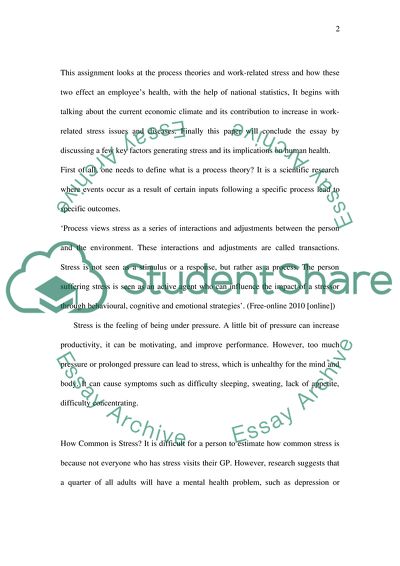Cite this document
(Contribution of Organisational Behaviour to the Individualisation of Assignment - 1, n.d.)
Contribution of Organisational Behaviour to the Individualisation of Assignment - 1. https://studentshare.org/human-resources/1747761-the-contribution-made-by-organisational-behaviour-to-the-individualisation-of-the-employeremployee-relationship-especially-through-the-growing-use-of-process-theories-by-employers-has-led-to-an-increase-in-workplace-stresscritically-discuss-this
Contribution of Organisational Behaviour to the Individualisation of Assignment - 1. https://studentshare.org/human-resources/1747761-the-contribution-made-by-organisational-behaviour-to-the-individualisation-of-the-employeremployee-relationship-especially-through-the-growing-use-of-process-theories-by-employers-has-led-to-an-increase-in-workplace-stresscritically-discuss-this
(Contribution of Organisational Behaviour to the Individualisation of Assignment - 1)
Contribution of Organisational Behaviour to the Individualisation of Assignment - 1. https://studentshare.org/human-resources/1747761-the-contribution-made-by-organisational-behaviour-to-the-individualisation-of-the-employeremployee-relationship-especially-through-the-growing-use-of-process-theories-by-employers-has-led-to-an-increase-in-workplace-stresscritically-discuss-this.
Contribution of Organisational Behaviour to the Individualisation of Assignment - 1. https://studentshare.org/human-resources/1747761-the-contribution-made-by-organisational-behaviour-to-the-individualisation-of-the-employeremployee-relationship-especially-through-the-growing-use-of-process-theories-by-employers-has-led-to-an-increase-in-workplace-stresscritically-discuss-this.
“Contribution of Organisational Behaviour to the Individualisation of Assignment - 1”. https://studentshare.org/human-resources/1747761-the-contribution-made-by-organisational-behaviour-to-the-individualisation-of-the-employeremployee-relationship-especially-through-the-growing-use-of-process-theories-by-employers-has-led-to-an-increase-in-workplace-stresscritically-discuss-this.


